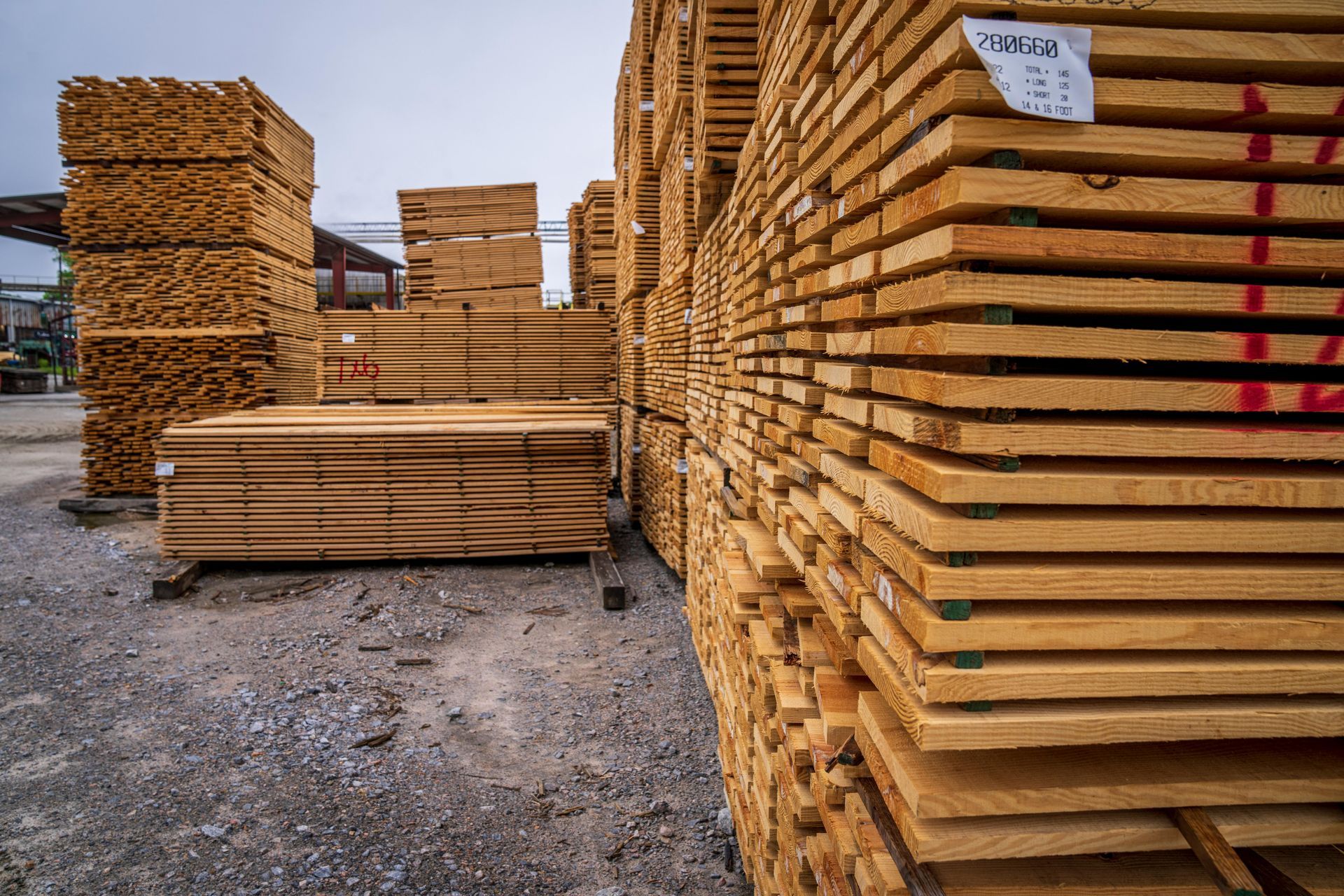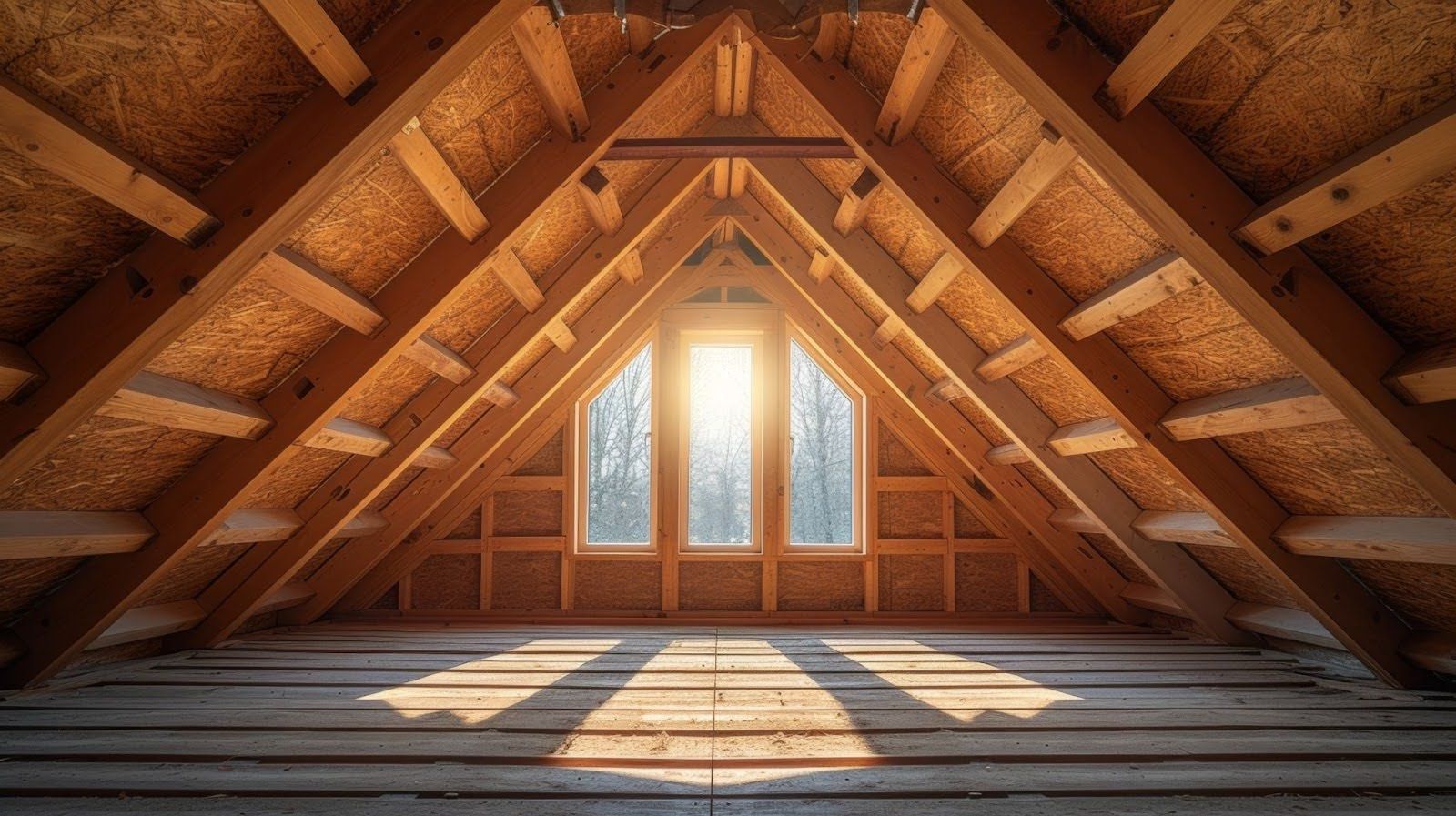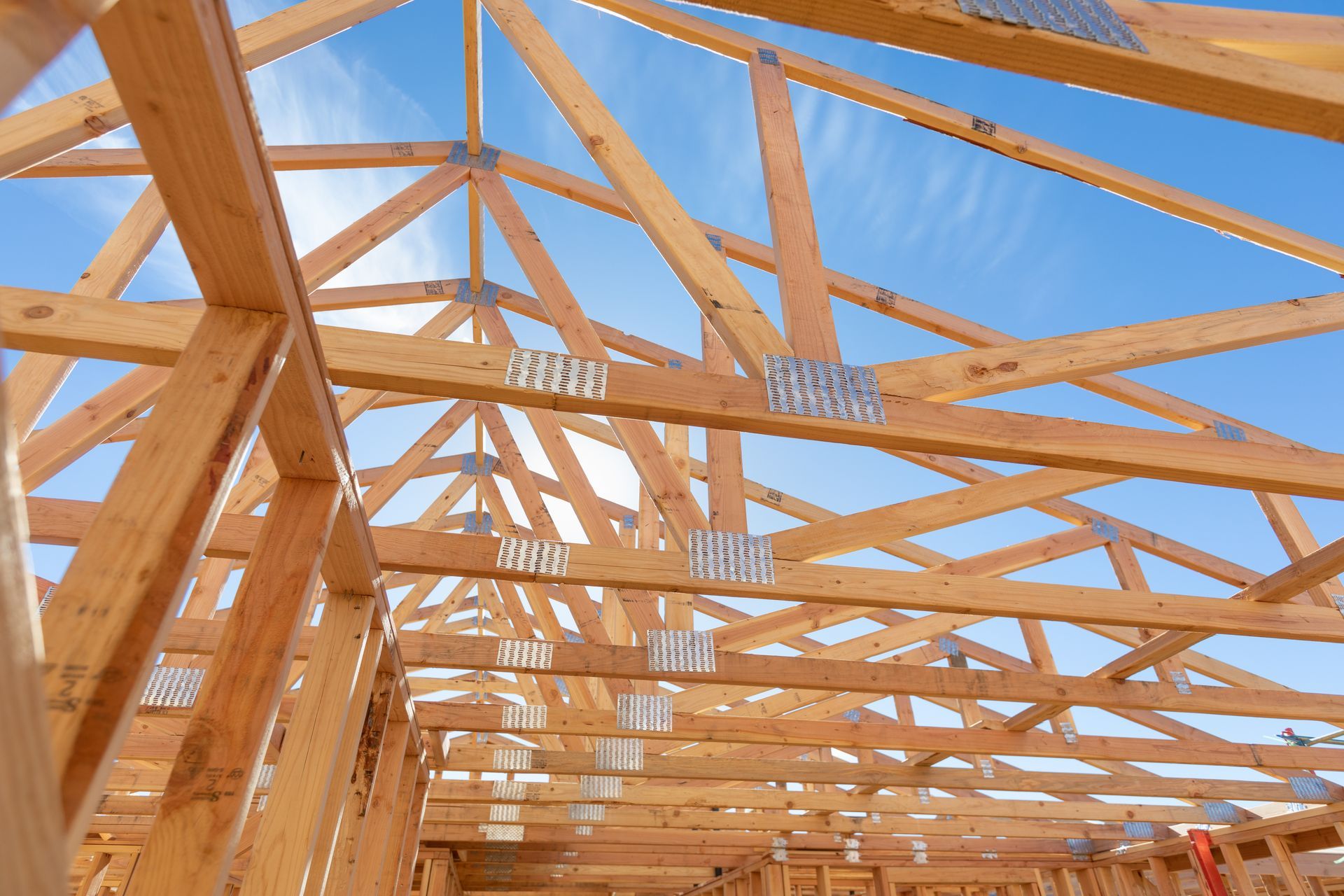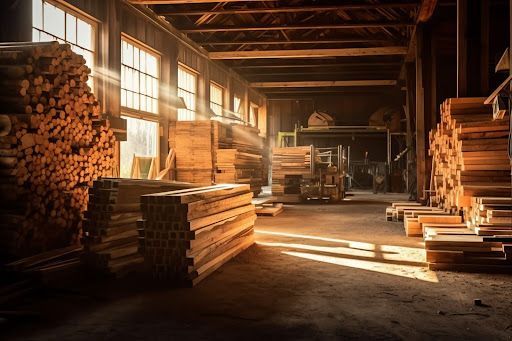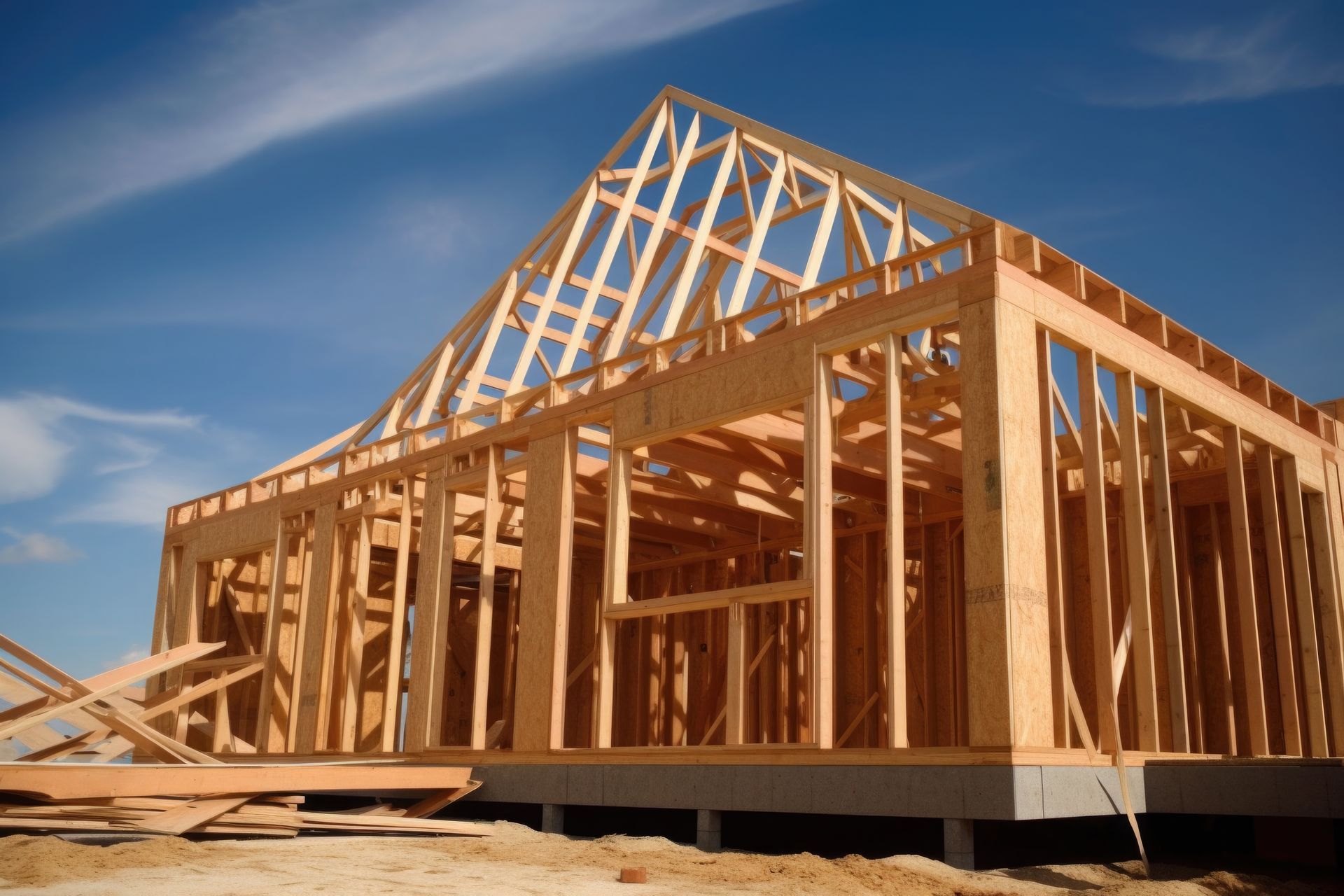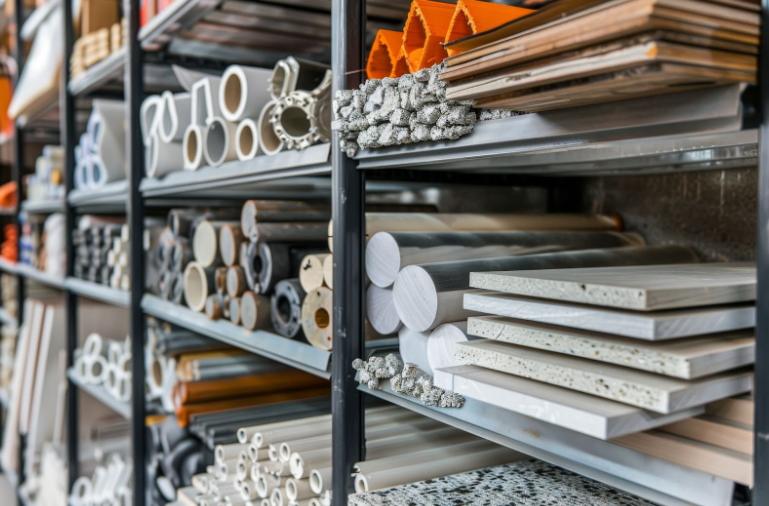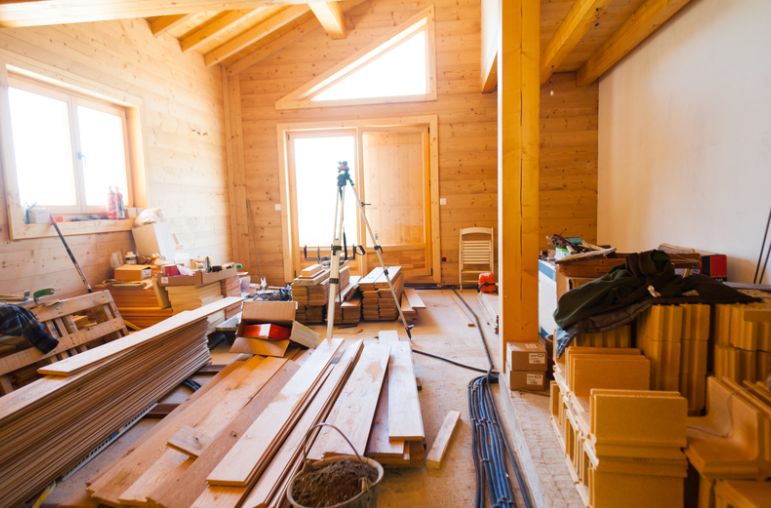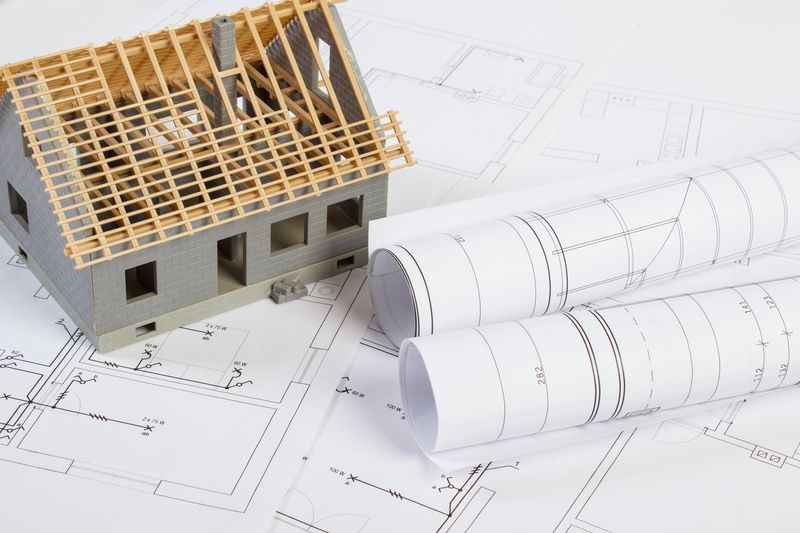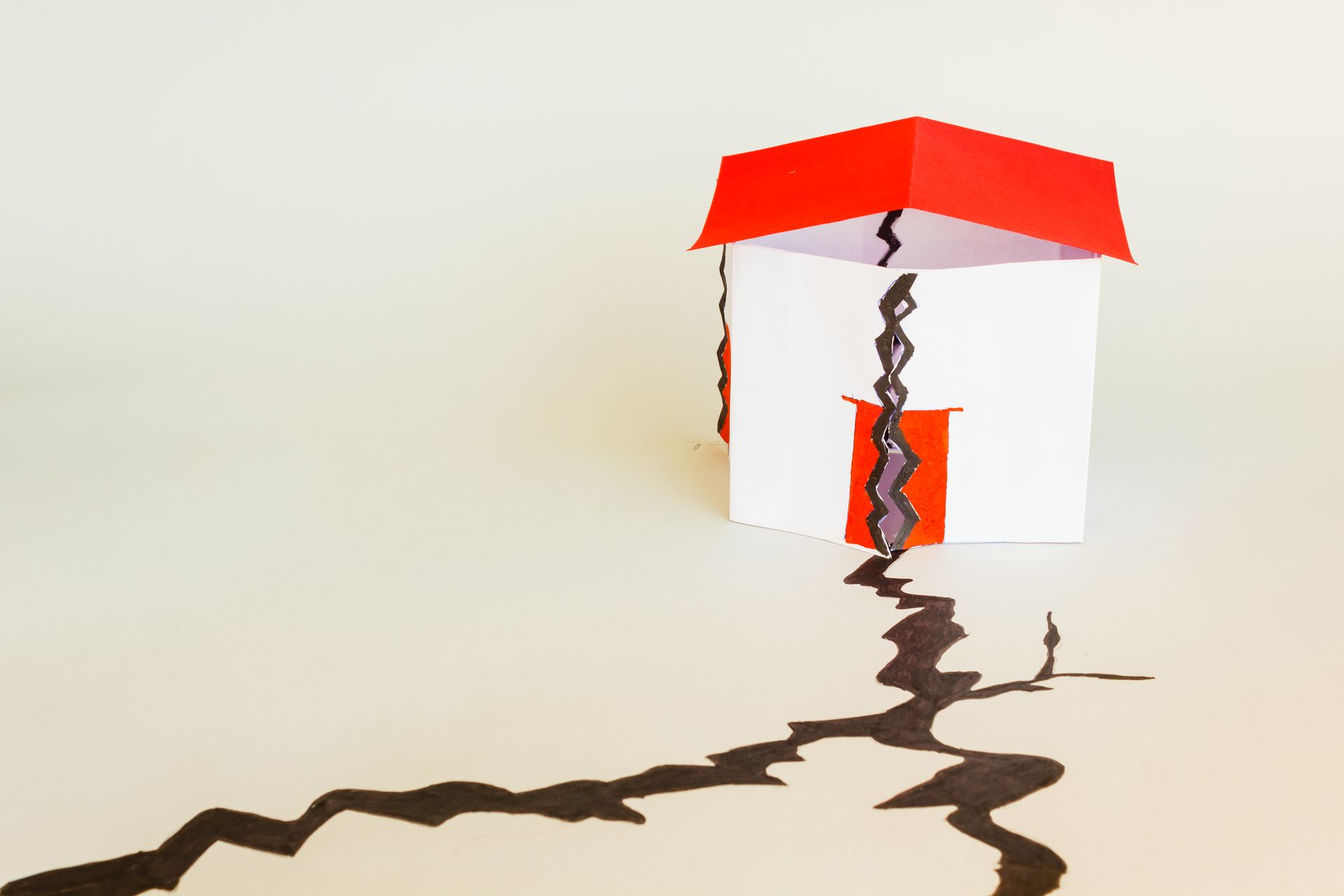The Art of Truss Engineering: Balancing Beauty and Brawn
The intricate dance between the aesthetic allure and the robust strength of truss structures is an art form revered by architects and engineers alike. With an eye on both form and function, this work unpicks the history, evolution, and future of truss engineering as an emblem of human ingenuity's boundless potential.
Understanding Trusses in Modern Construction
Trusses represent an essential component in today’s architectural and construction landscapes. These frameworks consist of rafters, posts, and struts configured in triangular units to support roofs, floors, and bridges. Their popularity stems from both the robustness they impart to structures and their potential for aesthetic enhancement. Critical to the enduring stability of buildings, trusses are a testament to the synergy between strength and design.
The Transformation of Truss Aesthetics Over Time
The shape and style of trusses have evolved significantly through history, reflecting varying architectural trends and cultural preferences. From the heavy timber trusses of medieval halls to the intricate wrought-iron designs of the Victorian era, each period has left a distinctive mark on truss construction. Today, the use of new materials and technologies has allowed for even greater creative freedom, enabling trusses not only to bear loads but also to please the eye.
Influences of architectural trends have brought forth a diversity in truss aesthetics, where the interplay between formative artistry and functional needs is visible. As cities like Ramona, CA continue to flourish with both classic and contemporary architecture, the trusses supporting these structures must seamlessly blend with their visual narratives while ensuring uncompromised stability.
The Underpinning Principles of Truss Engineering
At the core of truss engineering lies a set of rigorous principles aimed at achieving optimal structural performance. Engineers employ precise mathematical calculations to anticipate forces and stresses, ensuring each truss can sustain its expected loads. The planning and design phase is as meticulous as it is creative, balancing the dynamic between physical laws and aesthetic aspirations.
Structural integrity is paramount, demanding a truss design that adeptly disperses loads to the foundation. This intrinsic strength is what allows for the design's brawn to support its beauty, a fundamental aspect that Ramona Lumber Co., rooted in the suburban expanses of Ramona, CA, deeply understands through its commitment to delivering reliable truss solutions.
The entire process operates within the framework of established building codes, which serve as the benchmarks for safety standards and legal compliance in construction.
Current building standards are non-negotiables, ensuring every truss manufactured not only meets but exceeds minimum requirements.
The Aesthetic Role in Truss Design
Aesthetics in truss design is not about superficial embellishments but about the intelligent integration of form within functional spaces. The pursuit of visual appeal must run parallel to practicality, especially in areas like Ramona, CA, where structures must align with both the natural landscape and the community's architectural ethos.
Architects and engineers collaborate to achieve this balance, harmonizing stylistic choices with a truss's ability to perform its duty. As construction trends continue to evolve, so too does the incorporation of innovative design elements into trusses, granting builders and homeowners alike the option to customize according to their unique design visions.
Case Studies: Showcasing Engineering Masterpieces
Examining real-world applications highlights the finesse involved in truss design. Whether it's a sprawling commercial complex or a quaint residential dwelling in the woodsy areas of Ramona, CA, each project provides insights into the challenges faced by engineers and architects. Successful truss implementations reflect the harmony of design and durability, demonstrating that the two are not mutually exclusive.
One notable case is the construction of a large community center, designed to meld with the scenic backdrop synonymous with suburban landscapes. Here, trusses not only supported the expansive roof but also accentuated the building's rustic charm. This project navigated design constraints while fostering a cooperative dialogue between aesthetic goals and practical applications.
Another example illustrates overcoming engineering hurdles due to specific climate conditions. In an area prone to high winds, trusses were fabricated to withstand additional stresses, their design mirroring the region's robust spirit. Solutions derived from these case studies stand as testaments to the adaptability and potential of well-engineered truss systems.
Championing Sustainability in Truss Design
The surge in environmental awareness has prompted truss engineering to transition toward sustainable designs. Eco-friendly considerations are imperative, especially given the renewed focus on responsible sourcing and material usage in communities like Ramona, CA. Advances in engineering have enabled the use of recycled and sustainably sourced timber, reflecting a positive commitment to the planet's well-being.
Techniques like choosing renewable materials and employing energy-saving production processes are not just environmentally beneficial—they also resonate with the values of clients who, like Ramona Lumber Co.’s customers, prioritize sustainability as much as strength. As the construction industry propels forward, so too does the necessity to innovate while respecting ecological boundaries.
Emerging trends in green design are revolutionizing truss engineering, with
research informing the integration of biodegradable materials and practices that reduce the carbon footprint of construction. Embracing these advancements demonstrates a conscious effort to marry long-standing engineering principles with the sustainable ethos of contemporary society.
Navigating the Complex Landscape of Truss Design Challenges
Despite advancements, truss design continues to encounter limitations and challenges. The art lies in circumventing these without compromising on the intended aesthetic or structural functionality. In an industry that prizes both form and strength, it is a delicate dance of give-and-take, often demanding ingenuity and lateral thinking.
Whether it's regulatory changes or client-specific demands, truss fabrication must be flexible enough to adapt. Strategies to confront these challenges include rigorous testing, meticulous planning, and consultation with experts, ensuring that the finished product aligns with both the envisioned beauty and mandated brawn.
In regions characterized by distinct weather patterns or topographical features, like Ramona, CA, environmental considerations take precedence. The design must cater to variations in temperature, humidity, and seismic activity. By preempting and addressing these factors, truss systems are not only functionally sound but also aesthetically tailored to their setting.
Establishing Excellence in Truss Fabrication
Setting the standard for truss fabrication involves a steadfast commitment to material excellence and meticulous construction methods. It begins with the selection of premium-grade lumber, ensuring that every truss can withstand the demands of its structural role. In the hands of experienced craftsmen, like those at Ramona Lumber Co., this raw material is transformed into trusses that are as elegant as they are enduring.
The fabrication process is a blend of time-honored woodworking skills and modern technology. Precision cutting and assembly are crucial for creating trusses that fit seamlessly into their intended design, exemplifying the dedication to both form and function. With efficiency as a cornerstone, streamlined production processes are devised to deliver these architectural elements on time, adhering to project deadlines that are the lifeline of the construction industry.
In ensuring the trusses’ journey from workshop to worksite is executed with finesse, a focus on the end result remains paramount. This means not only meeting but exceeding expectations for trusses that are to hold up homes and buildings across suburban and rural America, much like those dotting the landscape of Ramona, CA.
Foreseeing the Advancements in Truss Engineering
The future of truss engineering is one of innovation and adaptation. As building aesthetics evolve, so too must the methods and materials of truss construction. Engineers and designers are continuously in pursuit of newer, better ways to integrate architectural beauty with the brawn required of structural supports.
Emerging technologies play a pivotal role in this evolution. Software for advanced design simulations, cutting-edge manufacturing tools, and novel materials—all contribute to the progressive advancements within the realm of truss engineering. These innovations promise even more sophisticated and environmentally conscious structures in the years to come.
Industry standards are not static; they are expected to shift in response to these technological strides. The trusses of the future will likely have to satisfy even more stringent criteria, balancing the latest design trends with increased considerations for safety, sustainability, and efficiency.
Concluding Thoughts on the Fusion of Trusses’ Beauty and Brawn
The art of truss engineering is a dynamic interplay between the visual and the vital. It represents an area where imaginative design meets the immutable laws of physics, creating spaces that are safe, sustainable, and stunning to behold. As we reflect on the integral role trusses play in construction, their ability to balance beauty with brawn remains an architectural cornerstone.
Ramona Lumber Co. embodies this spirit through its adherence to high-quality craftsmanship and its anticipation of innovation in truss design. It is this ongoing passion that drives the industry forward, assuring that the trusses we rely on today pave the way for the achievements of tomorrow.
For the builders, the architects, and the homeowners, embracing the dual nature of trusses is to appreciate the marriage of art and science that lies in robust and radiant construction. It is an encouragement to continue pursuing excellence, ensuring that the structures we erect are not only capable of standing the test of time but are also testaments to the human penchant for elegance and endurance.
Discover the intricate balance of aesthetics and functionality in the captivating world of truss engineering.
Contact your local truss engineering professionals to learn more about how truss structures can enhance the design and performance of any project.
